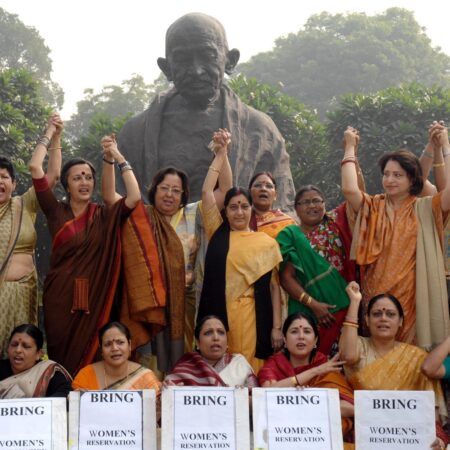The agreement, which would be evenly shared between rival planemaker Boeing and France’s Airbus, was initially reported by Reuters in December and may now officially be revealed as early as next week, according to the sources.
In an effort to reinvent itself under its new owners, Air India has signed a massive contract for roughly 500 new jets for more than ₹8 trillion at list prices. According to industry sources, this could be the airline’s single-largest order ever.
The agreement, which would be evenly shared between rival planemaker Boeing and France’s Airbus, was initially reported by Reuters in December and may now officially be revealed as early as next week, according to the sources.
The Deal
Air India has decided to buy 220 Boeing aircraft, including 190 of its 737 MAX narrowbody aircraft, 20 of its 787 widebodies, and 10 of its 777Xs, in addition to 250 Airbus aircraft, divided between 210 single-aisle A320neos and 40 widebody A350s.
While Boeing and the airline reached an agreement on January 27, one year after Tata reclaimed possession of the former state-run carrier, sources told Reuters that Airbus and Air India sealed their agreement on Friday.

The Strategy
The airline announced on January 27 that it was “finalizing a historic order for new aircraft.”
The procurement underlines Air India’s goal to update its outdated fleet and reclaim a sizable portion of travel between India’s sizable overseas diaspora and cities like Delhi and Mumbai, which is primarily controlled by Gulf rivals like Emirates with its newer aircraft.
The agreement for 400 narrowbodies will also enable Air India to defeat IndiGo on both domestic and international fronts by increasing its share of domestic and regional traffic.
Even if the Airbus number is a little less than the 275 originally planned, the sources did not completely rule out Air India making a provision for eventual top-up purchases or leases.
It wasn’t immediately obvious whether the figures in the agreement took into account any choices that might change the ultimate sum after the orders are received.
The record order intends to elevate Air India to the level of major international carriers and establish it as a significant client for suppliers and plane makers at a time when its domestic market is experiencing a significant post-COVID-19 travel surge.
Less than 50 wide-body aircraft are currently in operation by Indian carriers, a meagre quantity for such a sizable market. In comparison, according to CAPA, Emirates alone has a fleet of almost 260 wide-body aircraft.

Air India
Air India, with its maharajah mascot, was previously renowned for its opulently adorned aircraft and first-rate service, but as its financial problems grew in the mid-2000s, so did the airline’s goodwill.
The airline hopes to rebuild its status as a storied provider of first-rate aircraft and immaculate service both domestically and internationally under the leadership of its new owners.
Air India had previously used wide-body A330 aircraft. Air India may make the first move with a 500-jet purchase, according to aviation consultancy CAPA, which predicted that Indian carriers will likely order up to 1,700 planes by 2024.
Nearly 20 airplanes that had been out of commission for years due to a lack of funds and components have been restored to operation. The airline has additionally stated that it will invest more than $400 million in the refurbishment of its complete legacy wide-body fleet, which includes 27 Boeing 787-8s and 13 777s.
Over the next five years, it is intended to capture 30% of the domestic market, closing the gap with market leader IndiGo. The airline’s chief executive, Campbell Wilson, has stated that it also wants to “multiply” its share of international travel.
With a combined market share of 24%, Tata’s four airlines—including two low-cost carriers, Air India and Vistara, a joint venture with Singapore Airlines—include two low-cost carriers.
Analysts have claimed that Air India has the potential to wrest some passengers away from competing Gulf carriers, but only after matching their fleet and service standards. The domestic conflict with IndiGo won’t take place without fierce opposition from a carrier that is actively growing.













